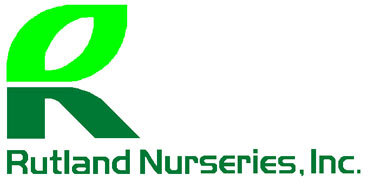Steps to Winterize Irrigation System
Probably one of the most important steps that a home owner can take to protect the long life of their systems is to properly winterize the irrigation system. In regions such as New England, where cold winter weather lasts for months on end, without draining your irrigation lines it is unlikely that your system will last the winter.
There are several different types of lawn irrigation systems available, and each is tailored slightly to its particular instillation. However, there are certain similarities between systems that allow for a general list of steps to be taken in preparing for the winter.
Listed below is a list of steps that you can take to winterize your irrigation system:
1. Shut off the water supply. Your shut-off valve needs to be in an area where it will not freeze, otherwise while you may preserve your underground lines, the rest of your system may still be damaged. Typically there is a valve (or a controller/timing unit) located somewhere in your basement. Make sure that the point of shut off is below the frost line or in a heated area.
2. To prevent possible damage to your pump, if you have an automatic lawn irrigation system, make sure that the controller for the system is shut down. If it is not, it is possible that the controller could activate the pump while there is nowhere for the water to flow, causing unnecessary strain on the system.
3. On many irrigation systems there is a device to prevent “backflow.” This will need to be removed or opened before you will be able to drain your irrigation lines.
4. At this point you will be ready to drain your lines. Drainage valves must be opened at each low point in the system, as well as each high point in the system, as water in the lines will not flow out without the ability of air to get in.
5. One alternative to using drainage valves to empty your irrigation lines is to use the “blow out” method to remove the water from your system. This method involves using compressed air to force the water out of the system. While it is highly effective, it also carries the risk of damaging the system if too much pressure is used. As a result, it is recommended that you do not attempt this method unless you are sure of the psi necessary to drain the system safely.
About the Author
Our custom design styles and planting options can reinvigorate your home’s entrance or revitalize your backyard. Whether you’re looking to add an outdoor kitchen or need the personal touch of estate ground maintenance, we stand behind our high level of service and expert workmanship.

